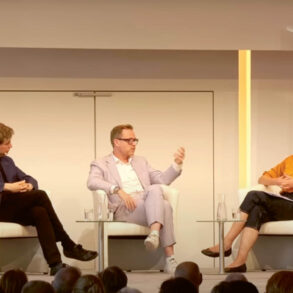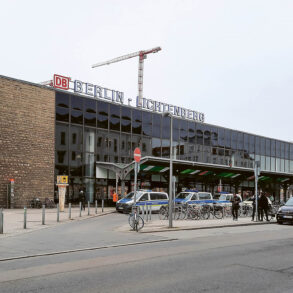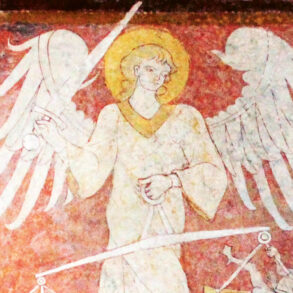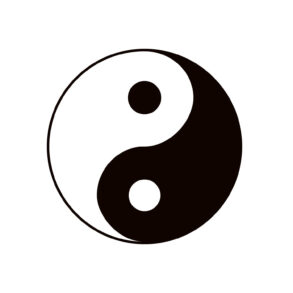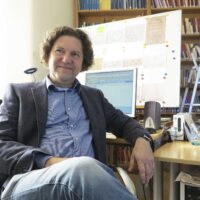After attending the Goetheanum World Conference, Tanya Coburn encountered challenges in her homeland that reflected what is required for the journey of transformation, whether undertaken as individuals, world movements, or as nations.
Returning to Australia after the World Conference at the Goetheanum, I felt inspired by freshness in the anthroposophical zeitgeist, a shaking off of some old notions and a willingness to engage at a deeper level with what may lead to long-lasting change. In my own life, too, I began to assess imbalanced habits, ponder personal transformation, and embrace new imaginations.
As a nation, we Australians were also presented with an opportunity to explore deep change. On October 14, 2023, we voted on a referendum to include an Indigenous Voice in parliament.
In my own lifetime, I’ve seen recognition of Indigenous history and peoples move beyond scant paragraphs in my high school Australian history text. In his “Redfern Address” in 1992, then prime minister Paul Keating asked that the majority of Australians, as descendants of settlers and generations of migrants, offer recognition that we wrought dispossession, murder, and disease, as well as discrimination and prejudice, on Indigenous people. He described “our failure to imagine these things being done to us.”1 In 2008, Prime Minister Kevin Rudd offered an apology to the “Stolen Generations” – those who had been victims of the forcible removal of Indigenous children, often of mixed race, from their families, kin, and Country (ancestral lands) that had gone on for decades.2 As the prime minister said, “Sorry”, many members of the Stolen Generations who had been invited to parliament, were moved to tears. Recent research has also exposed the full tragedy of the frontier wars that settlers conducted in murderous campaigns against local Indigenous people across Australia from 1788 until the early 1900s.3
We are now able to understand the source of problems, long ignored. At the same time, we have increasingly recognised and celebrated Indigenous cultures, languages, achievements, and individuals. Yet, for decades, initiatives by governments to address lingering issues of trauma have lacked success. Problems which affect Indigenous people disproportionately, like poor health, incarceration, poverty, and addiction, persist.
In 2015, a long, consultative process with Australia’s Indigenous peoples was initiated by a coalition Liberal/National Party government. It led to the Uluru Statement of the Heart,4 which was presented to the government in 2017. Part of this statement asked for constitutional change to incorporate an Indigenous “Voice” in Australia’s national parliament. The Albanese Labor government vowed to proceed with a Voice referendum at the time of its election in May 2022.
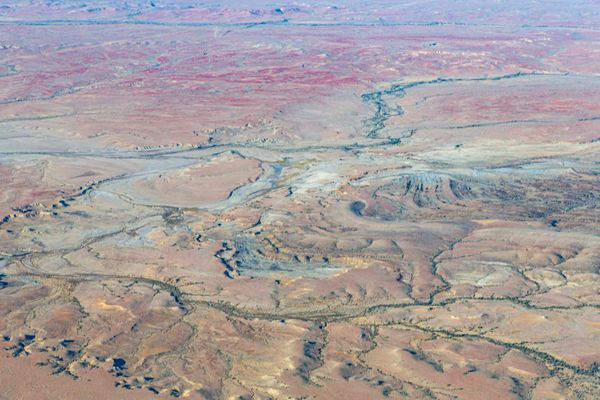
Transformation of old habits starts with acknowledging that they are there. In this age, where we can be conscious of the negative effects of our decisions and actions in ways denied to previous generations, the relative challenges of Indigenous Australians are appalling. As the Uluru Statement of the Heart itself identifies: “Proportionally, we are the most incarcerated people on the planet… Our children are aliened from their families at unprecedented rates… And our youth languish in detention in obscene numbers. They should be our hope for the future.”5
The Voice would consist of a group of Indigenous people tasked with making representations on legislation that affected their people. With the presence of such a Voice in parliament, decisions would no longer be made “about us but without us,” as Indigenous people put it. The Voice would also include a Makarrata Commission to facilitate agreement-making between governments and Indigenous people and truth-telling.
The Voice referendum asked:
A Proposed Law: to alter the Constitution to recognise the First Peoples of Australia by establishing an Aboriginal and Torres Strait Islander Voice. Do you approve this change?
On the referendum day, this constitutional change was rejected by just over 60% of the eligible population. Rejected.
In the past, amendments to the constitution have been approved only eight times out of 44 attempts, and never without bipartisan political support. This time, although polling in August 2022 had suggested that as many as 65% of us supported the referendum,6 once partisan campaigning began, support crumbled.
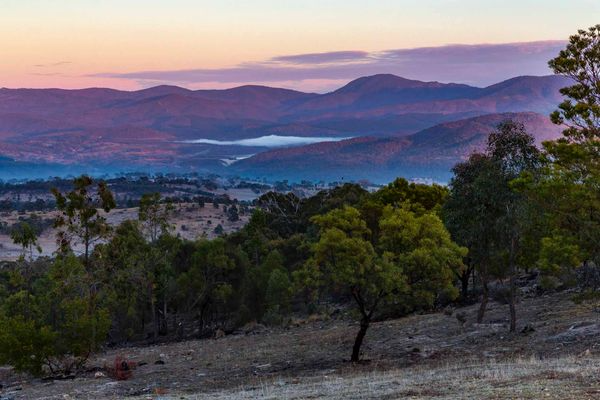
The “No” campaign included prominent Indigenous leaders who represented a minority of their own people but suggested that the proposal was divisive or unnecessary. Supporters of the “Yes” campaign seemed reluctant to flesh out details in a procedure to be further refined by parliament. Widespread ignorance about our constitution contributed. Lies are not illegal in Australian electioneering, and misinformation, disinformation, and conspiracy theories borne on the tides of social media swept across the nation. As my parents queued to vote, a campaigner called out, “Vote ‘no’ or they will take your land!”
It was a failure of imagination, a failure to step into the hearts and minds of others.
After the referendum was rejected, most Indigenous members of the “Yes” campaign took a week of silence before responding with an open letter.7 And in the response, there was grief and frustration, disappointment and confusion. Veteran Indigenous activist Marcia Langton, declared, “Reconciliation is dead,” while Indigenous affairs minister, Linda Burney suggested it was not the end of the process.8 A young Indigenous activist, Teela Reid, acknowledged the 5.5 million non-Indigenous Australians who marked their ballot papers with “Yes” as potential future collaborators.9
The journey of transformation is daunting to confront, whether as individuals, world movements, or as nations. In this example, beyond persistence, it takes imagination, vulnerability and courage from Australians of every political persuasion and cultural background to seek a fresh and as yet unknown path. Despite its rejection, the referendum has identified a large cohort of committed people. We also need to acknowledge that fresh ideas and actions, even political referenda, are often not enough. In this age of awakening consciousness, empathy and imagination help us shift through the pain of recognition of what is not working to seek and enact what will serve us in a transformative future.
Title image Camel Soak in Perenjori WA, Australia. Photo: Brian McMahon
Footnotes
- “Keating Speech: The Redfern Address.” Australian Screen, An NFSA Website.
- “National Apology.” National Museum of Australia.
- The Killing Times. The Guardian, Australia edition.
- “The Statement.” The Uluru Statement.
- Ibid.
- “Opinion Polling for the 2023 Australian Indigenous Voice referendum.” Wikipedia.
- “Statement for Our People and Country.” The Uluru Statement, 24 October, 2023.
- “Voice to Parliament Advocate Thomas Mayo calls out ‘disgusting’ No Campaign as Linda Burney Promises ‘it is not the end of reconciliation.’” Australian Broadcasting Commission, ABC News, 14 October 2023.
- “Do we know what the result of the Voice referendum means?” Australian Broadcasting Commission. The Minefield, 2 November 2023.



